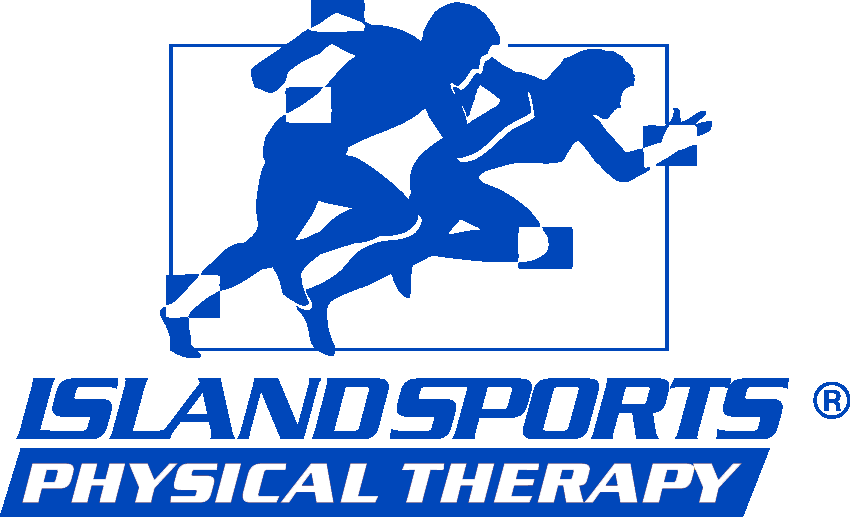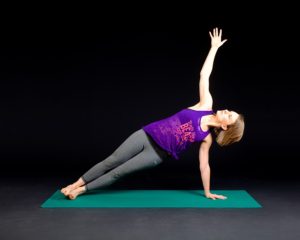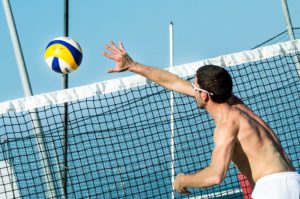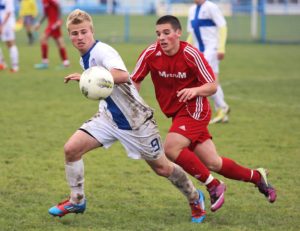
Are You at Risk for Overuse Injuries?
Overuse injuries are different than normal, run-of-the-mill injuries, such as broken bones or sprained ankles. Those injuries fall into the category of acute injuries; that is, injuries that manifest as the result of an event, be it a fall, a car accident, or simply moving the wrong way. Overuse injuries are harder to be aware of, as they do not happen as the result of an identifiable event. These injuries occur over time from repetitive use without allowing the body necessary time to heal. Some common examples of overuse injuries include:
- Tennis Elbow
- Swimmer’s Shoulder
- Jumper’s Knee
- Achilles Tendinitis
- Shin Splints
- Runner’s Knee
All of these injuries are the result of overusing the injured area and not adequately preparing the body to cope with this heavy use. At Island Sports Physical Therapy in Huntington, we know how to work with overuse injuries and help you start to recover faster.
Think of your body’s physical health as a bank account: every time you withdraw money (use your body), you need to deposit money (rest) before you withdraw again to keep things even. If you withdraw money faster than you can deposit it, you will eventually go broke (get an overuse injury). Though there are other factors that play into the development of overuse injuries, this simplified model can help you to understand what’s going on in your body at a basic level.
Our physical therapists in our Huntington physical therapy clinic can help you to start “depositing money” quicker and more effectively. We will show you exercises, stretches, and will prescribe a treatment plan that will help you make the most of your recovery time to help you get back to a healthy state as soon as possible. Pay us at Island Sports Physical Therapy a visit to our offices in Huntington and all over Long Island! We look forward to seeing you!
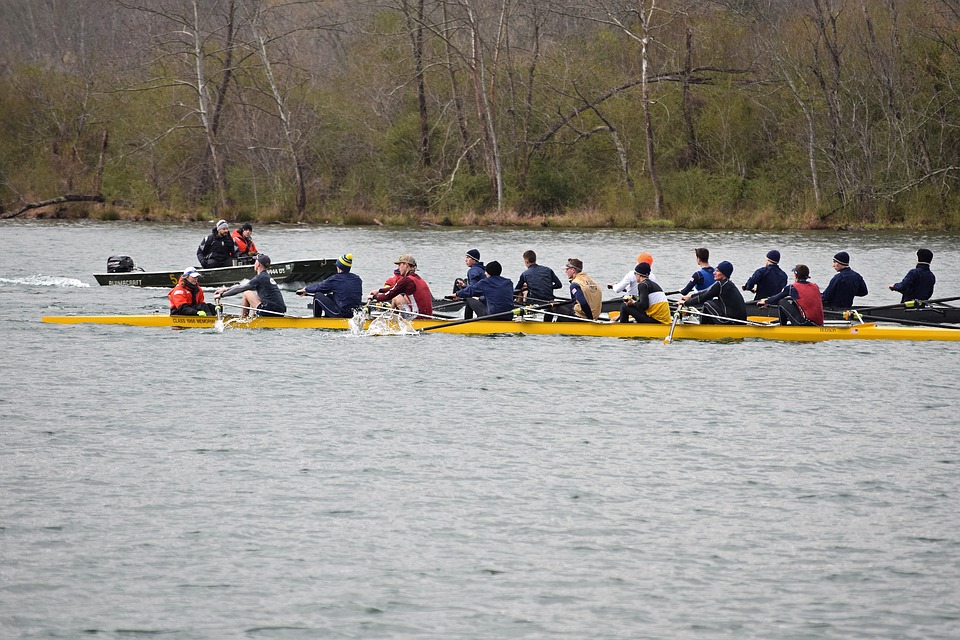
Physical Therapy in Suffolk County
Competitive rowing is a sport that has grown significantly in popularity over the past several years, both with boating enthusiasts, and the laymen who see the appeal of getting in better physical shape while hanging out on a lake without actually setting foot in the water. This increase in popularity has lead to an increase in the amount of research being done on how rowers can best prepare their bodies for the physical demands of the sport in order to make sure that they are the best competitors they can be.
The most common injuries sustained by rowers during training or competition affect the back and the knees. At Island Sports Physical Therapy, our years of experience providing sport-specific therapy to athletes all across Suffolk county has given us a firm understanding of the “hard work” that rowers put into their performance. Rest assured that our staff is committed to putting the same level of hard work into making sure that their performance does not suffer for too long as a result of their injuries.
Low back pain in competitive rowers is caused by the repetitive motion of the rowing itself and can range in severity from sore muscle tissue to a herniated disc in the spine. Our highly qualified staff of physical therapists is always prepared to offer treatment through manual therapy, as well as through a series of stretches meant to improve the flexibility of the hip and leg muscles so that the back is not strained to the point that the pain re-emerges.
Suffolk County’s competitive rowers typically suffer from knee pain as a result of the great amount of pressure that is placed on their joints during a race. The two most common of these injuries are chondromalacia patellae and ITB friction syndrome; Chondromalacia patellae, the deterioration of the cartilage at the underside of the kneecap, will be treated by our physical therapists through quadricep, adductor, and abductor exercises, which will strengthen the surrounding muscles and prevent misalignment of the kneecap. ITB friction syndrome, the inflammation of the iliotibial band as it rubs against the outside of the knee, is most commonly treated with cooling therapy to reduce inflammation, and stretching and strengthening of the hip muscles to improve balance.
If you are a competitive rower living in Suffolk County and have been suffering from pain in any of the areas spoken about above, feel free to contact us today so we can get you feeling better than ever and back on the water as soon as possible.
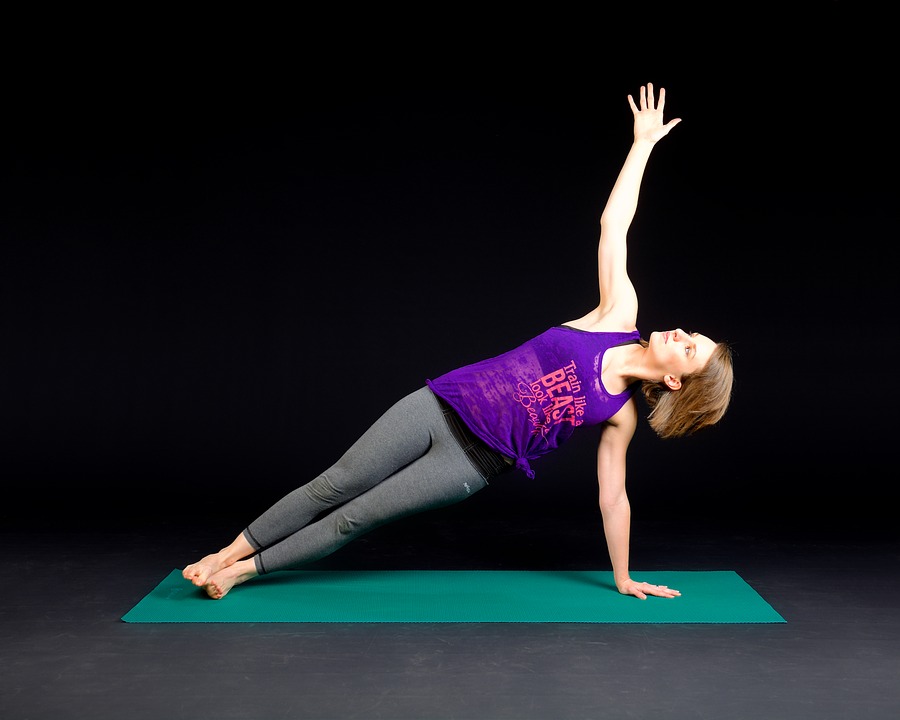
Muscle Injury in Athletes
The core muscles consist of abdominal muscles, the diaphragm, and many other muscles. These muscles help to protect internal organs such as organs of the digestive system. They are responsible for keeping your upper body upright and flexible.
Injuries in the core muscles happen because of tearing and weakening of the abdominal walls, making athletes especially susceptible. Usually occurring during sudden twisting, muscles tearing and weakening can happen slowly over a period of several years or all of a sudden. Football and soccer players, track runners receive the most core injuries. Core muscle injuries can happen to high school athletes also affecting many people all over the island in towns like East Northport, Huntington, Nesconset, etc. To learn about core muscle and other sports injuries click here. Continue reading Core Muscle Injury Often Occurs in Athletes
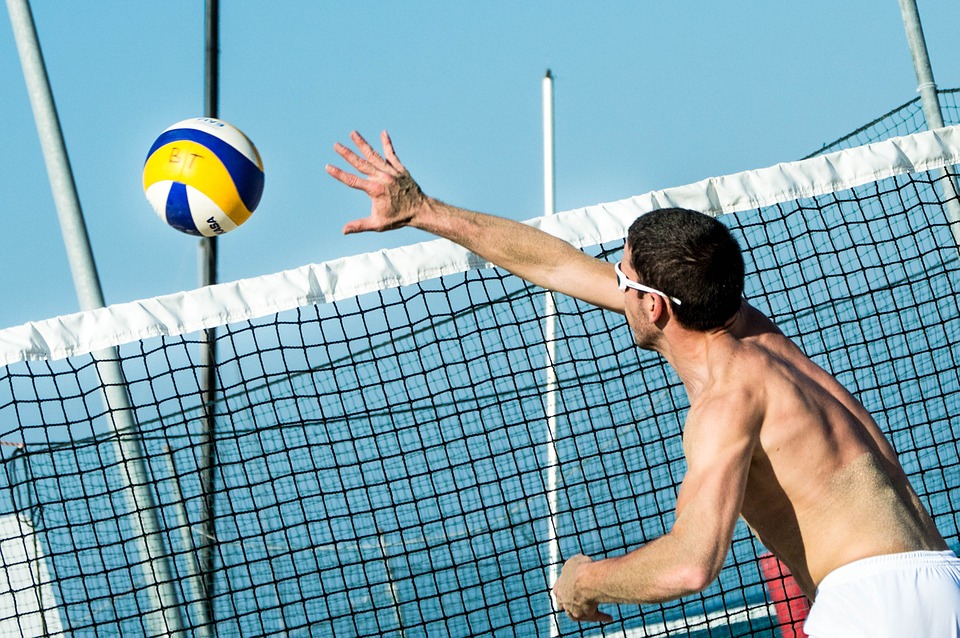
Physical Therapy in East Northport
Playing sports in the summer is really fun especially because of the beautiful weather that comes along with it! Summer sports like Volleyball, Tennis, and Golf are all enjoyable sports to practice and play throughout the summer but safety must necessarily come along with them.
Of course, injuries are common for those that frequently play sports, but there are many ways to avoid injuries from happening. Aside from Volleyball, Tennis, and Golf, in general, it is important to keep hydrated, be aware of heat exposure, stretch, and read up on safe workout and exercise tips. At Island Sports Physical Therapy in East Northport, we know the risks that come with Summer activity and can help you avoid injury to stay active all summer long.
For those who play Tennis avidly, there are several common risks associated with the sport. Many people who regularly play tennis experience “tennis elbow” or wrist injuries. Tennis elbow is a very common injury and is caused by overusing certain muscles that extend the wrist or bend it backward. Stretching and strengthening your arms and wrists muscles before playing tennis can help increase strong performance and decrease injuries.
Golf, on the other hand, doesn’t require much as running around but it is still a very common sport that is played during the summer by East Northport residents. Maintaining proper posture, avoiding overswing with the club, and staying smooth in your movements are all great ways to prevent summer injuries. Taking lessons is highly recommended and will reduce the risk of injuries.
Universally, when it comes to playing sports during the summer, warming up, building up your endurance, focusing on becoming flexible, strengthening your muscles, and using the correct equipment and techniques are all extremely necessary when it comes to preventing injuries.
Island Sports Physical Therapy has years of experience and offers significant quality care for all of our patients. If you live near East Northport and have experienced any injuries while playing a sport, please give Island Sports Physical Therapy a call today!

Physical Therapy in Huntington
A stress fracture occurs when tiny cracks become visible in your bones. These cracks can appear from performing repetitive movements where force is significantly placed on a single bone as well as sudden increases in intensity. In other words, sports such as track and field, tennis, gymnastics, and basketball will put more pressure on the affected area. This type of fracture typically occurs in the lower extremities, from the pelvis down, with the most occurring stress fractures repeating on the foot.
The most significant signs of a stress factor is a pain when performing a movement and ease of pain when at rest. To be positive with your self-diagnosis, the doctors at Island Sports Physical Therapy in Huntington can take x-rays of the area where the pain is experienced and will easily determine the cause of your pain.
If the doctors determine a stress fracture, do not fret, there are treatment options available for you. The most important step is to cease performing the activity/movement that gave you the stress fracture in the first place. Typical rest periods due to stress fractures require rest periods of 6 to 8 weeks. If you return to activity too soon, the stress fracture could be worsened, therefore, making the recovery time longer.
If you experienced a stress fracture in the past, live near Huntington NY, and are interested in preventing future stress fractures, contact Long Island Sports care. Our wide range of physical therapy options can help you prevent those painful fractures. Improving diet, modifying the level of activity, and special equipment, such as orthopedic inserts or shock absorbing shoes, can be used to prevent stress fractures. For more tips about preventing stress fractures, click this link.
If you are interested in physical therapy for a stress fracture contact Island Sports Physical Therapy in Suffolk County today! We look forward to hearing from you!

ACL Recovery
Are you in the process of recovering from an ACL injury? If yes, it is essential to understand the length of time that it takes for your ACL to redevelop. In the meantime, consider choosing physical therapy to help your ACL heal quicker.
Prior to setting up an appointment with a physical therapist, communicate with your doctor to determine specific recovery goals. These targets should include treating symptoms and helping your knee return to a comfortable, strong, and functioning position. Granting it may take a few months to return to activities, it is vital to assist your ACL by selecting helpful methods along the journey of recuperating.
After speaking with your doctor, it is likely that they will recommend physical therapy. By working with a physical therapist weekly, they will help you learn exercises that will support and stretch your muscles and tissues around the knee joint. Consequently, on your off days, be sure to stay off your affected leg. If necessary, wear a brace or use crutches.
Island Sports Physical Therapy
On the subject of physical therapy, Island Sports PT located in both Nassau and Suffolk Counties is available to provide comprehensive evaluations, individualized treatment, and personal attention. During your session with us, we will help you improve your knee range of motion and strength. While at the same time, we can assist you in special tests to determine areas and ligaments that need improvement. For instance, we may focus on pain control, swelling management, balance exercises, and various treatments specific to your ACL injury. For sports-related ACL injuries, choose PT to help create a smooth transition into playing a game again. As Huntington physical therapists, we take pride in our work and want our injured athletes to return to their competition.
Our team combines competence, compassion, and hard work to help each individual achieve their rehabilitative goals. It is our belief that the patients deserve education along with their treatment. Overall, our hope is that our patients don’t just recover, but to prevent future re-injuries and obtain the maximum performance possible. For more information please contact (631) 462- 9595. We look forward to hearing from you!

Low Bone Mass
Osteopenia, also called Low Bone Mass, causes a person’s bones to become thin and weak which increases the risk of breaking something.
- 44 million adults in the United States have osteopenia and it’s also very common in the United States.
- It is also referred to as a silent disease because you can’t feel your bones becoming thinner or weaker.
Broken bones caused by osteoporosis or low bone mass are most likely to occur in the hip, spine, pelvis, upper arms, and wrist, but also other bones.
- Low bone mass can occur at any age; most people reach their peak bone mass by age 30.
- Bone mass stays relatively steady for the next 20 years.
- After a woman reaches menopause, usually around age 50 bone mass is lost faster than it’s created, which leads to weakening of the bones.
- Family history partly determine what your peak bone mass will be,
- Healthy lifestyles choices will help you reach the greatest peak bone mass possible for the person.
Some cause from low bone mass can include:
- Advanced age
- Female gender
- Low body weight or thin
- Recent weight loss
- History of fractures
- Family history
- Tobacco use
- Alcohol abuse
- Lack of exercise
- Eating disorders such as anorexia or bulimia
Island Sports Physical Therapy helps with a low bone mass that treats patients with osteoporosis or risk of developing osteoporosis.
The idea of physical therapy is to teach safe ways of moving, lifting, and provide exercises that the patient can do at home. This will help prevent the decline in bone mass and prevent future fractures. Physical therapy also suggests exercising for flexibility to help decrease the stress placed on the bones. Island Sports Physical Therapy is known for its hard work and hands-on care with its patients. The goal is to have patients recover and prevent future injuries.
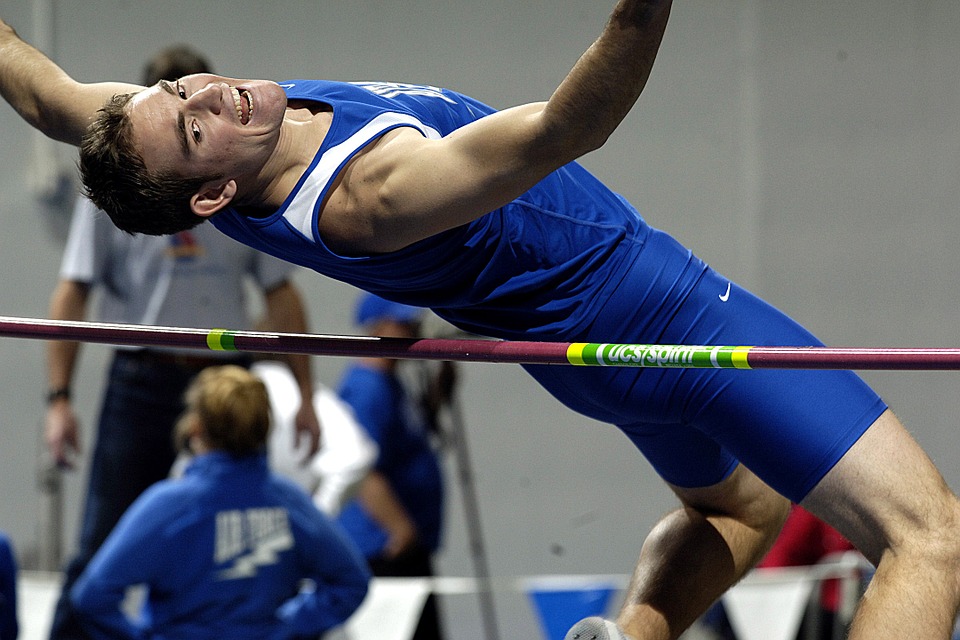
Physical Therapy in Glen Cove
When an injury occurs that requires the treatment of a physical therapist, there is almost always some loss of movement or motion in the affected area. A range of motion or complete loss of movement could stem from a number of injuries or conditions. A fractured bone or rehabilitation after surgery, for instance, will require weeks of rest where the muscles aren’t used at all. Your range of motion and muscle strength will be severely diminished and will need to be slowly retained through stretching techniques.
Stretching and good flexibility is important to maintain a healthy lifestyle as you get older. At this stage in life, your joints and muscles become stiff from either not being used or wear and tear, which could make everyday activities difficult to complete. If you have trouble standing, walking, or moving, stretching and strengthening exercises will increase your ability to move comfortably. This will also increase your balance and decrease your risk of falling and causing further injury.
Exercise is also an important part of a healthy lifestyle for both young and old patients. It helps to keep weight down, decrease your risk for disease, boost your energy throughout the day, and decrease stress, but stretching before and after ensures your muscles and tendons aren’t injured. Stretching lengthens the muscle fibers that attach to the bone and gives the muscle the potential to become stronger. Physical therapists can target specific muscle groups that feel tight or in pain, and help you slowly increase your flexibility so you can return to exercise safely.
Whether you’re recovering from an injury or just looking to increase your flexibility, Island Sports Physical Therapy offers state of the art stretching techniques to return your range of motion. We have six simple locations in Glen Cove, Huntington, East Meadow, Coram, Nesconset, and East Northport. Contact us to learn about our fitness program that aims to keep your body healthy by enhancing muscle strength and flexibility. We look forward to hearing from you!
Please use the form below to send us an email:
By Submitting This Form, You Are Consenting Us To Retain Your Information For Further Communication.
Your Information Is Not Shared With Any Unaffiliated Third Parties.
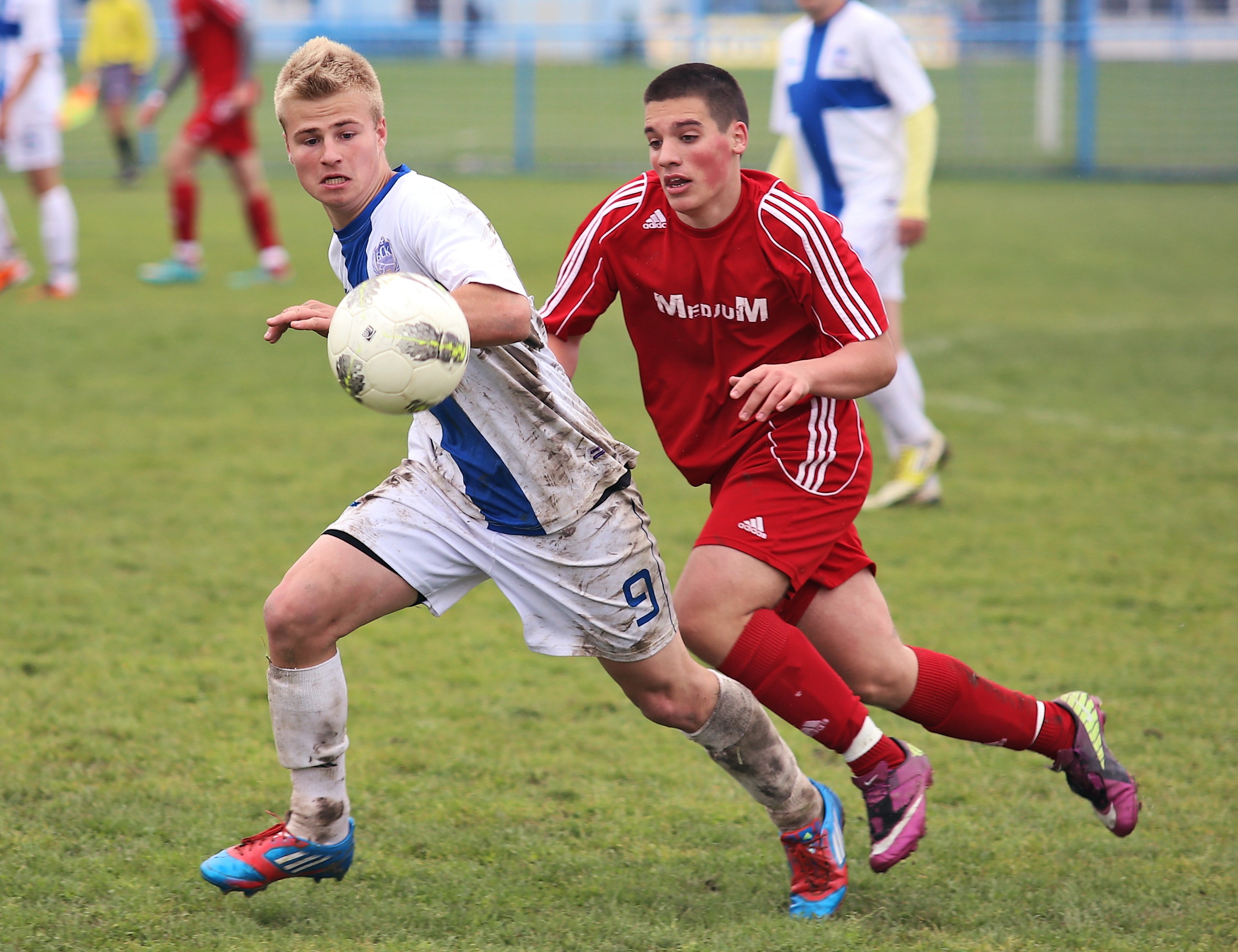
Physical Therapy in Huntington
A sports hernia is the strain or tear of soft tissue (muscle, tendon, ligament) anywhere in the lower abdomen or groin area. It’s most commonly caused when an athlete makes a sudden change in direction or plants their feet and intensely twists the body. The oblique muscles in the lower abdomen are the most frequently affected soft tissue when a sports hernia occurs. The more physically demanding sports such as ice hockey, wrestling, soccer, and football will cause the most sports hernias.
There are several symptoms a person suffering from a sports hernia may experience including immediate and intense groin pain at the time of injury, sensitivity or bruising in the upper thigh and/or abdomen, and pain accompanied by twisting movements. After rest, the groin pain may subside but resurfaces during sports activity or physical exertion. Sports hernias have the same symptoms as other types of groin injuries, making an accurate diagnosis difficult sometimes. In some cases, athletes aren’t aware they have a sports hernia since the only symptoms they experience is chronic groin pain. If you have consistent pain in your lower abdomen, see a doctor immediately. A healthcare professional will give you a proper physical exam and a diagnostic imaging scan to determine if you have a sports hernia.
If you’re diagnosed with a sports hernia, physical therapy in Huntington may be recommended for treatment after about 2-3 weeks of rest. Therapy is different for everyone, but it usually takes 4-6 weeks to complete. Treatment focuses on stretching the lower abdominal, lower extremity muscles. In addition, core strengthening exercises will often be part of therapy. A weak core increases the probability of a sports hernia during physical activity. If physical therapy is ineffective, surgery will be recommended. After a week of rest following the operation, postoperative physical therapy treatment begins. When the pain is gone, patients undergo abdominal stretching and core strengthening.
If you’re suffering from a sports hernia on Long Island, contact us with any questions or to make an appointment. Island Sports Physical Therapy in Huntington will help build a rehabilitation program that fits your needs and lifestyle and help you get back on the field as quickly as possible.

Cycling Injuries
Spring has officially sprung! And just as the just as the nice weather has pushed the leaves to rise out of their buds, so too has it pushed you and me to rise out of our beds to enjoy all it has to offer. One of the most popular springtime activities, of course, is bicycle riding. Bike riding has garnered a reputation over the years as being something that people can enjoy both recreationally and competitively. While many of us may take bike riding for granted, it is always important for us to be reminded of the cycling injuries related to such an involving activity, and how to best prevent or treat them.
Always wear a helmet! Cycling-related accidents account for approximately 900 deaths per year. The majority of these deaths are the result of head trauma following a crash, fall, or collision of some kind. Experts suggest that wearing a helmet while cycling can reduce the risk of head trauma by eighty-five percent. Bicycle helmets can usually be purchased at low costs and in a variety of styles, so there is no reason to ever put yourself at an increased risk of head trauma while enjoying a lovely spring day by not wearing one.
While head trauma following a cycling accident may be the most immediately serious of all potential injuries, it is not the only type to be aware of. Statistics show that most fatal injuries are sustained by cyclists between the ages of 15 and 19, as well as cyclists near 40 years of age and older. So where does that leave the rest of us? Avid cyclists who enjoy long rides often find themselves suffering from “overuse” injuries- most commonly knee, back, and neck pain. These types of injuries can be prevented by wearing well-fitting shoes with supportive padding, pre-ride stretches, and regular bike maintenance to make sure that everything fits your body comfortably. Other overuse injuries include forearm and wrist pain, urogenital and buttox discomfort, and foot numbness; all of which can be taken care of with a mid-ride position change.
Here at Island Sports Physical Therapy, we specialize in treating neck and back pain through spinal rehabilitation, as well as in treating sport-specific injuries with workout plans. Whether you have already suffered from cycling injuries, or would like some preventative treatment to ensure that you will be the best cyclist you can possibly be, make sure to schedule your appointment today.
